1. Overview
To further strengthen the qualification approval work for highway and waterway engineering quality testing institutions and enhance the relevance and effectiveness of technical reviews, the General Office of the Ministry of Transport officially issued Document Jiao Ban An Jian Han [2024] No. 1432 on August 1st. This document is titled "Notice of the General Office of the Ministry of Transport on Doing a Good Job in the Qualification Review of Highway and Waterway Engineering Quality Testing Institutions". Its core objectives include: 1) Updating and optimizing some testing parameters, and 2) Further refining and clarifying the content for expert review. This article will interpret the differences between the old and new standards concerning the Closed-Circuit Television (CCTV) Video Transmission System and the ETC Gantry System within the Special Transportation Engineering section based on these two aspects. It will also provide solutions tailored to the new standards.
2. Interpretation of Differences in Testing Parameters and Required Equipment Between Old and New Standards
2.1 Differences in CCTV Video Transmission Performance Testing Parameters
The requirements for video transmission performance parameters of CCTV monitoring systems differ between the old and new standards. In the old standard, all video transmission performance indicator parameters were mandatory inspection items (denoted by bold text), as shown in Figure 1. In the new standard, the Standard Definition (SD) section is separately marked as a non-bold (non-mandatory) inspection item, as shown in Figure 2.

Figure 1: Screenshot of CCTV Video Transmission Performance Parameter Requirements in the Old Standard
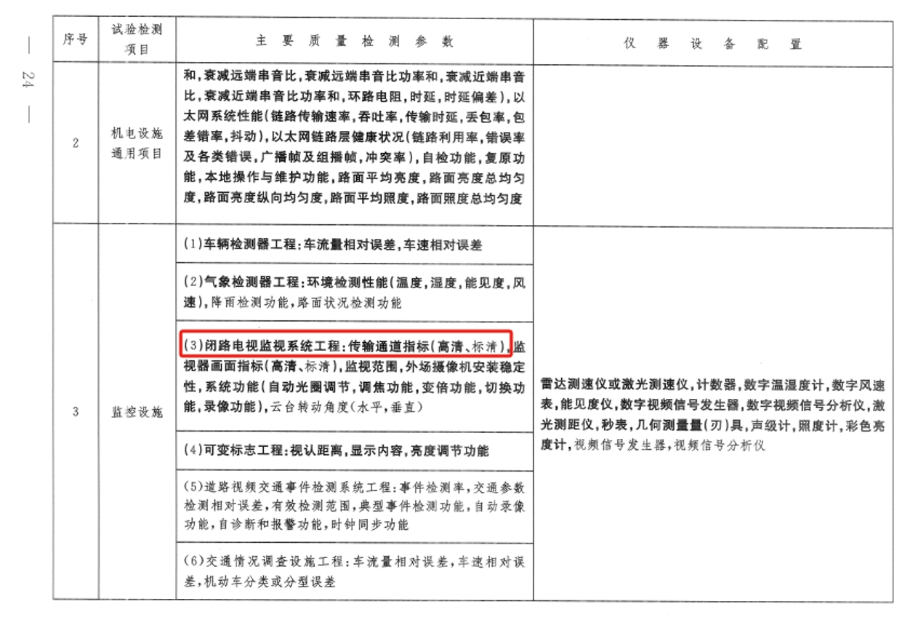
Figure 2: Screenshot of CCTV Video Transmission Performance Parameter Requirements in the New Standard
2.2 Differences in Required Test Equipment for CCTV Transmission Performance
The requirements for test equipment used to measure CCTV video transmission performance parameters have also been adjusted between the old and new standards. The old standard required Analog Video Signal Generators, Analog Video Signal Analyzers, Digital Video Signal Generators, and Digital Video Signal Analyzers, all of which were mandatory (bold text) equipment, as shown in Figure 3. The new standard retains the requirement for Digital Video Signal Generators and Digital Video Signal Analyzers but changes the requirement for Analog Video Signal Generators and Analog Video Signal Analyzers to simply Video Signal Generators and Video Signal Analyzers. Furthermore, these are now designated as non-mandatory (non-bold) equipment, as shown in Figure 4.

Figure 3: Screenshot of Required Test Equipment for CCTV Video Transmission Performance Parameters in the Old Standard
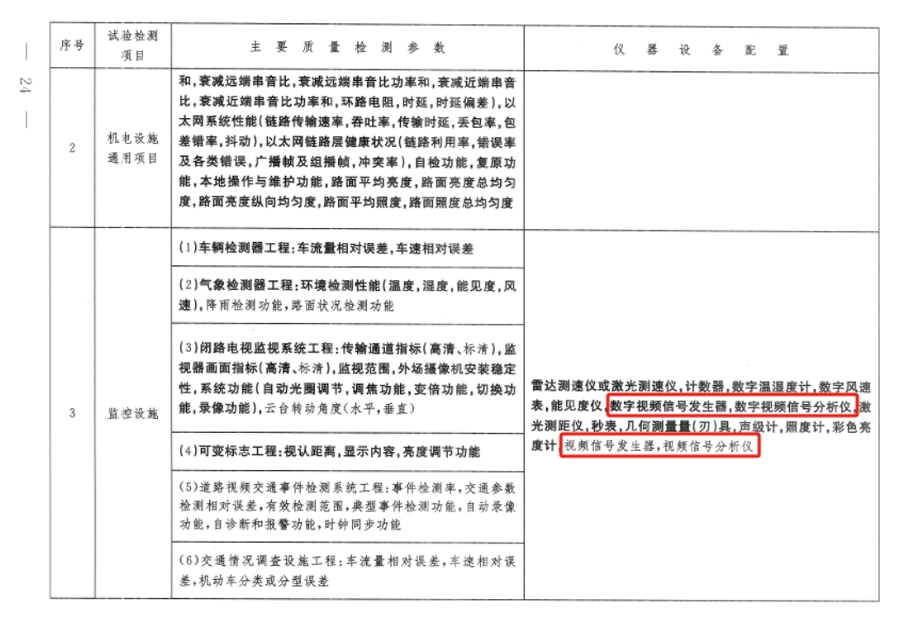
Figure 4: Screenshot of Required Test Equipment for CCTV Video Transmission Performance Parameters in the New Standard
2.3 Differences in Core Testing Parameters for ETC Gantry Systems (Roadside Equipment Engineering)
Regarding the core testing indicators for ETC Gantry Systems, the old standard required inspection of the following indicators: RSU Communication Zone, Frequency Tolerance, Equivalent Isotropic Radiated Power (EIRP), Modulation Coefficient, Occupied Bandwidth, Preamble, Receiver Bandwidth, and Receiver Bit Error Rate. Among these, the RSU Communication Zone was a mandatory indicator. The new standard changes the required inspection items to: Communication Zone, RSU Operating Signal Strength, RSU Operating Frequency, RSU Occupied Bandwidth, RSU Preamble, and RSU Communication Process. All of these are designated as non-mandatory (non-bold). The core inspection items required by the new standard are fully consistent with the "Highway Engineering Quality Inspection and Evaluation Standards, Part 2: Electromechanical Engineering (JTG 2182-2020)". It is noteworthy that in the JTG 2182 standard, RSU Operating Frequency, RSU Occupied Bandwidth, and RSU Communication Process are classified as △ (critical inspection items).
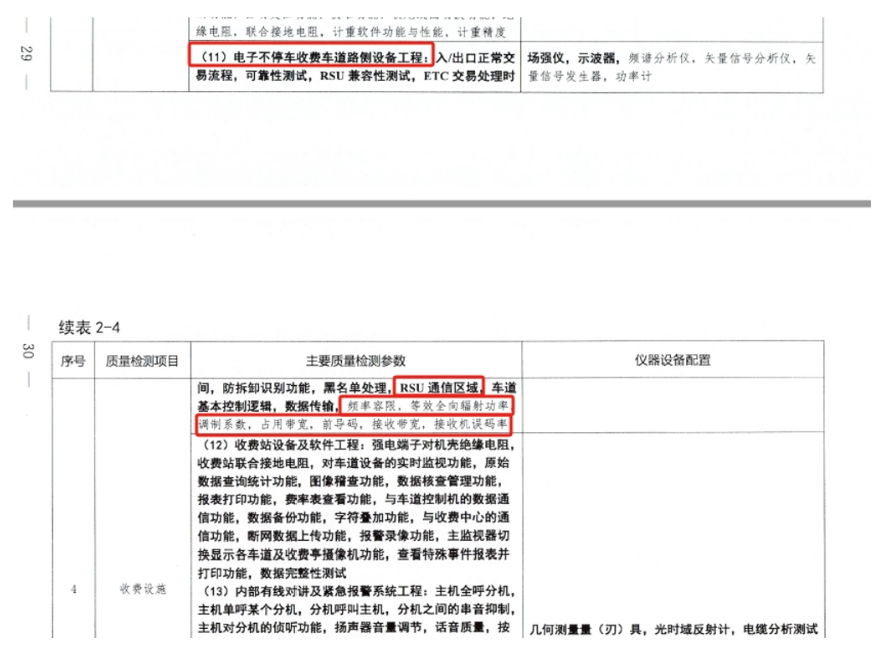
Figure 5: Screenshot of Core ETC Gantry Performance Indicator Parameter Requirements in the Old Standard
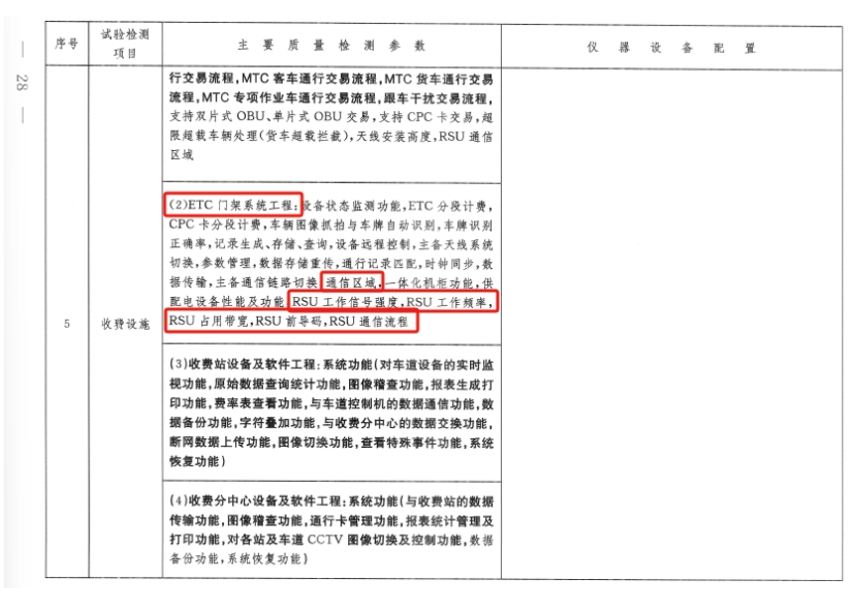
Figure 6: Screenshot of Core ETC Gantry Performance Indicator Parameter Requirements in the New Standard
2.4 Differences in Required Core Testing Equipment for ETC Gantry Systems (Roadside Equipment Engineering)
Regarding the required core testing equipment for ETC Gantry Systems, the old standard listed: Field Strength Meter, Oscilloscope, Spectrum Analyzer, Vector Signal Analyzer, Vector Signal Generator, and Power Meter. Among these, the Field Strength Meter and Oscilloscope were mandatory equipment. The new standard changes the required equipment to: Omnidirectional Test Antenna, Field Strength Meter, Spectrum Analyzer, Vector Signal Analyzer, Power Meter, and Oscilloscope. All are designated as non-mandatory (non-bold). The Vector Signal Generator has been removed, and an Omnidirectional Test Antenna has been added. However, to better conduct actual testing and improve product testing capabilities, it is recommended to procure a Vector Signal Generator to assist with practical testing, simulation training, and troubleshooting.
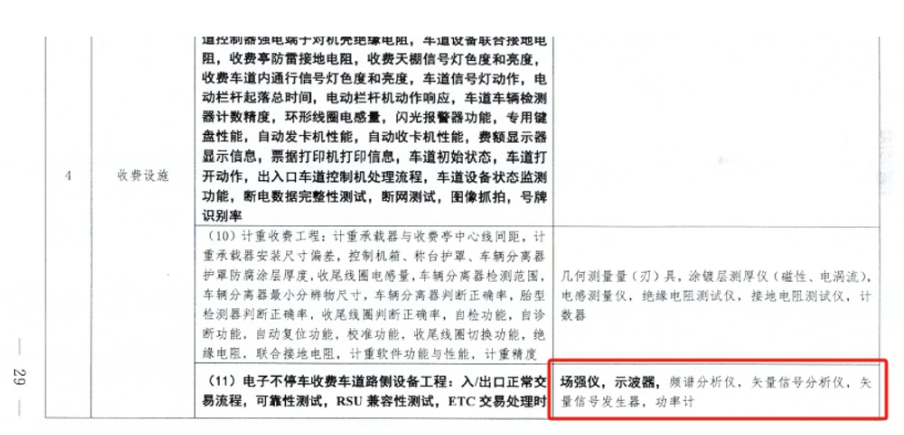
Figure 7: Screenshot of Required Core Testing Equipment for ETC Gantry Performance Indicators in the Old Standard
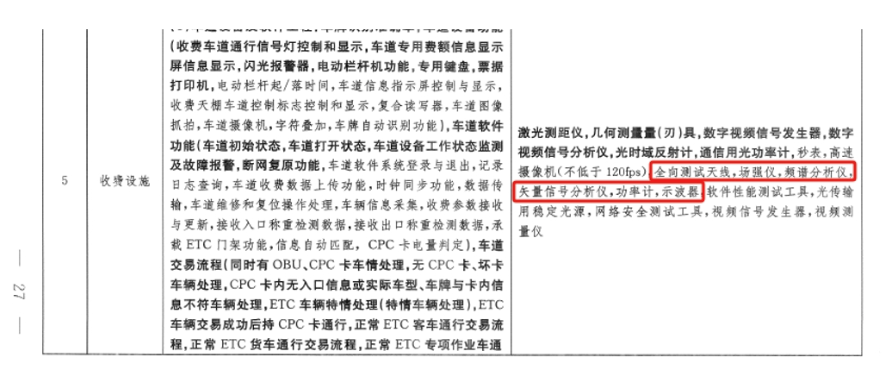
Figure 8: Screenshot of Required Core Testing Equipment for ETC Gantry Performance Indicators in the New Standard
3. Testing Solutions
As a professional supplier of audio, video and radio frequency test and measurement solutions, Beijing Doewe Technologies Co., Ltd. has a variety of special test and measurement equipment and solutions for highway electronics, including: ETC automatic testing system ETC Runsys, closed - circuit television monitoring testing system VisionEye, ETC gantry testing system eEye, ETC field acquisition system RFC Mini, ETC transaction process analysis software ProEye, omnidirectional test antenna CHA800 - P, directional test antenna CHA200, analog/digital video signal generator VSG, IP video signal generator IPSG, analog/digital video signal analyzer VTS, etc. Moreover, with rich on - site testing experience in highway electronics, it can provide comprehensive companion technical support and guidance services to help you complete the special evaluation of traffic engineering and on - site actual testing!